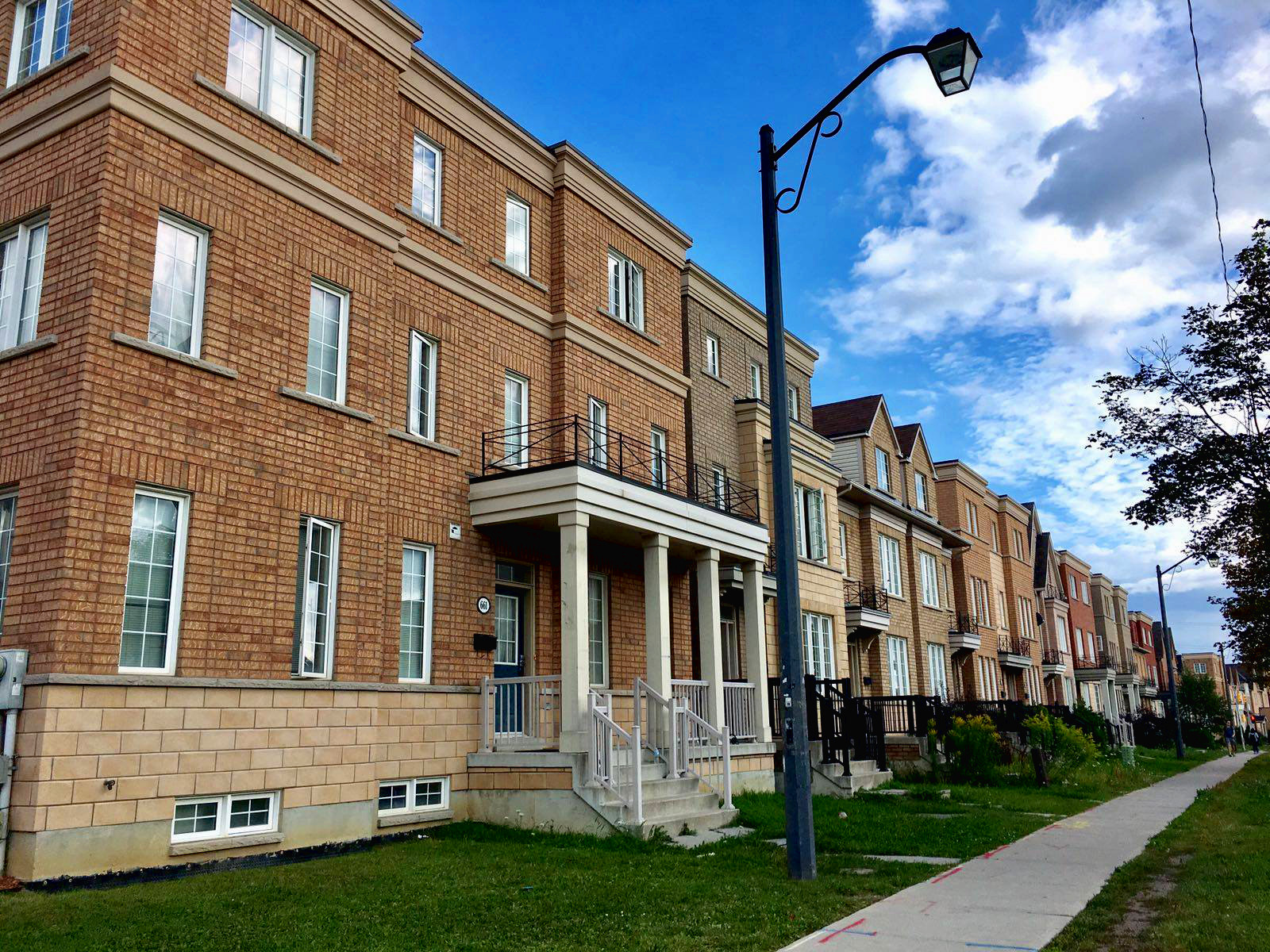Dennis Bayazitov | Assistant News Editor
Featured Image: A new four-school joint research initiative tackles the issue of affordable student housing in the GTA. | Prince Barpaga
York, U of T, Ryerson, and OCAD have partnered up to confront perhaps the biggest challenge that today’s Toronto’s post-secondary students face: affordable housing.
The new joint research initiative, StudentDwellTO, “was prompted by the success of StudentMoveTO—a previous research project where faculty from the four universities collaborated for the first time to gather data on student travel behaviour,” says York Environmental Sciences Associate Professor Luisa Sotomayor, a co-principal investigator of the project.
Her co-lead, Shelagh McCartney, a Ryerson associate professor with the Faculty of Community Services, agrees that housing affordability is a crucial and modern problem in Toronto. “This issue, as a multi-disciplinary problem, needs a multi-disciplinary response,” she says.
“The expertise across the universities to not only find out how the issue of housing affordability affects students, but also to propose solutions, exists.”
StudentDwellTO is based primarily on research and advocacy components. Its chief aim is to study housing affordability through a diversity of disciplines, in order to maximize the range of usable findings.
Art and Social Change Associate Professor Min Sook Lee with OCAD’s Faculty of Art clarifies that, although this is a research project, it goes beyond finding the required data on student housing.
“We are using our combined disciplines—of art, architecture, urban planning, engineering, just to name a few of the departments involved—to reimagine housing and propose alternative and sustainable changes to what is clearly an unlivable housing market.”
The lack of affordable housing affects many communities—but within this group, students are an invisible population, adds Lee. They’re competing with high-income earners for the same rental unit.
“We’re not alone, and this research project imagines the conversation on student housing as part of a broader dialogue on economical and decent housing for all—not just for the top one per cent.”
All four schools recently featured a similar release that disclosed several research methods employed by StudentDwellTO. They include: wide-scale focus groups with corresponding surveys that document students’ housing experiences, interactive websites, community arts programming, communication tools, and interactive maps that develop cost-effective housing strategies.
Research findings will be incorporated into experiential learning courses, across the various disciplines, to propose and test solutions for the housing crisis.
Sandra Brail, U of T’s presidential adviser on urban engagement and the director of the Urban Studies program, affirms that the university will be implementing this process. “This year, there are two or three architecture studio courses at U of T. The work will feed directly into the research by examining specific sites and potential interventions,” she says.
There will also be opportunities for more students and faculty to be involved in focus groups, design charrettes, public events, and engagement through arts and social media.
“StudentDwellTO is a large and ambitious initiative,” Brail notes. “It’s clear that the act of bringing together faculty and students from our four universities has already created new opportunities for learning from one another and generating new ideas and knowledge.”
Further, Sotomayor reasons that, in bringing a large number of researchers from multiple disciplines, there is also potential to create a great deal of discussion, awareness, advocacy, and action to reduce the barriers—access to safe, affordable, and conveniently-located homes—that students in the city face. “Policy discussion should ideally lead to improved housing opportunities for students,” she mentions.
Nevertheless, she still acknowledges the biggest challenge in this project will be winning the engagement of the large numbers of students necessary to participate in the surveys and focus groups.
“We understand that students are most often too busy,” she says. “But at the same time, we want to give students a strong voice through this research. The more students that are involved, the better we’ll be able to represent the many challenges that they encounter in their housing experiences.”
McCartney comments that the study will be complete in two years, “but we’ll be having events of collaborative sharing and releasing new findings along the way.”


